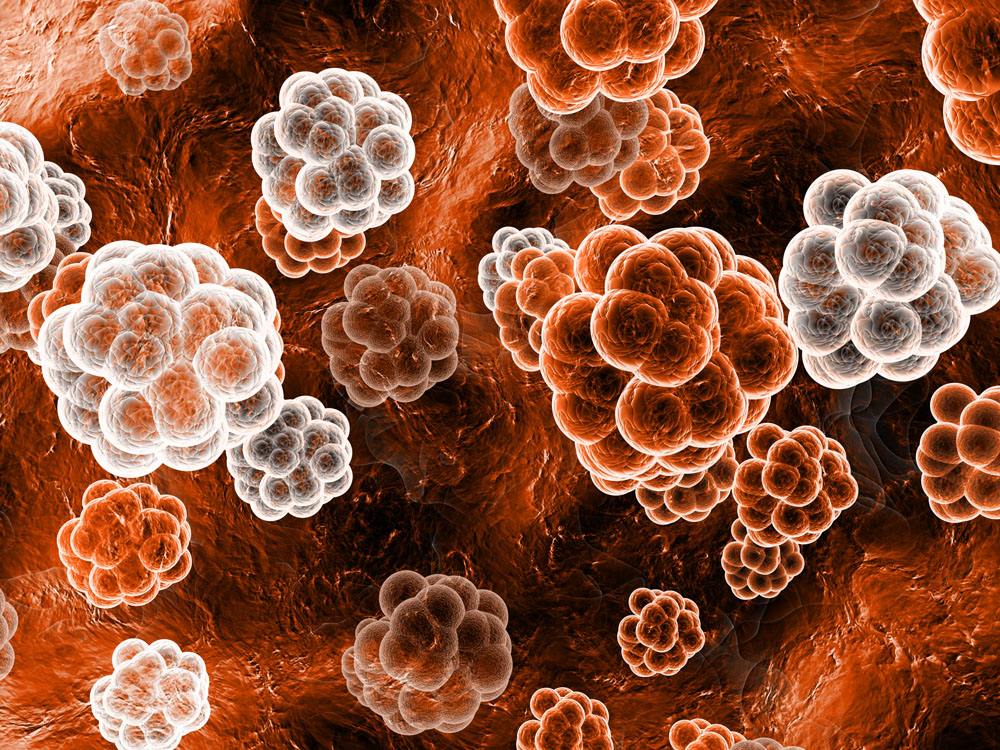(单词翻译:单击)
听力文本
This is Scientific American — 60-Second Science. I'm Christopher Intagliata.
Tens of trillions of microbes call our living bodies home. But when we die? "The first thing that happens is basically ecosystem collapse—where you have a tremendous loss of diversity." Nathan Lents, a molecular biologist at John Jay College in New York. "And then it bottoms out and starts to get rich again."
That microbial phoenix, rising from our extinguished mortal coils, is called the "necrobiome." Lents and his team tracked the necrobiome, by swabbing the ears and noses of 21 cadavers at a body farm in Tennessee. It's a sort of outdoor lab for forensic scientists, where bodies are left to the elements to decompose.
They tracked the genetic signatures of that microbial community as it waned and waxed after death. And they used that data to build an algorithm that could pinpoint a corpse's time of death, to an accuracy of just two summertime days. "And that held out for up to six to seven weeks. And that's way better than entomology can tell you." Entomology being the study of the insects that colonize a corpse. "Entomology's okay for giving you upper and lower limits within five to seven days, but beyond that, entomology's not helpful."
The study is in the journal PLoS ONE.

The method isn't quite ready for primetime. There's still a lot of 'biological noise' in the system. "We're talking about living things here. Well... living and dead things." But as with any machine learning, more info will help it see beyond the noise. "It will forever learn. So the more data we pump into this system, the better it will get." Ultimately, Lents says, the algorithm will have to be smart enough to hold up in a court of law, when it could determine the fate of someone accused of turning someone into a corpse.
Thanks for listening for Scientific American — 60-Second Science Science. I'm Christopher Intagliata.
参考译文
这里是科学美国人——60秒科学。我是克里斯托弗·因塔利亚塔。
数以万计的微生物把我们的活体当做家。但是,如果我们死了呢?“第一件会发生的事情就是基本生态系统会崩溃,生物多样性大量流失。”内森·伦茨是纽约约翰杰学院的分子生物学家。“微生物的数量降到最低点,然后再次开始活跃起来。”
死亡的皮囊中的“微生物不死鸟”被称为“死灵生物”。伦茨和他的团队在田纳西州一家尸体研究所擦洗了21具尸体的耳朵和鼻子,以此来追踪“死灵生物”。对法医来说,这相当于户外实验室,尸体放在那里由微生物进行分解。
他们对人体死后微生物群落兴衰枯容的遗传特征进行了跟踪研究。他们利用这些数据建立了一个算法,这个算法可以计算出尸体的具体死亡时间,在夏天可以精确到两天以内。“可以延伸到六到七周。这种方法比昆虫学更加优越。”昆虫学研究的是殖民尸体的昆虫。“昆虫学时间上下限为5到7天,但是除此之外,昆虫学用处不大。”
该研究结果发表在《公共科学图书馆·综合》期刊上。
这一方法尚不成熟。这个系统中仍存在很多“生物噪音”。“我们现在谈论的是生物。既包括活生物也包括死生物。”但是,在机器学习的帮助下,我们将会得到噪音之外的更多信息。“这是学无止境的过程。我们输入这个系统中的数据越多,得到的结果就越好。”伦茨表示,最后,这种算法可以准确到能应用到法庭上,在有人面临谋杀他人的指控时,这种算法可以决定被告人的命运。
谢谢大家收听科学美国人——60秒科学。我是克里斯托弗·因塔利亚塔。
译文为可可英语翻译,未经授权请勿转载!
重点讲解
重点讲解:
1. bottom out (价格等)达到最低点,停止恶化;
例句:He expects the recession to bottom out.
他预期经济萧条将见底。
2. hold out for 坚持;持续;
例句:Our food supplies will hold out for another week.
我们的食物供应可维持到下周。
3. hold up 支撑;
例句:It depends on how well the weather forecasts hold up.
这取决于气象预报的准确性如何。
4. turn into (使)变成;(使)成为;
例句:Even a small sum can turn into great wealth.
即便是一小笔钱也能变成巨大的财富。


